Introduction
Roasting black sesame seeds is an ancient culinary practice that enhances their flavor, aroma, and nutritional profile. These tiny, nutrient-dense seeds are prized for their rich, nutty taste and are a staple in many Asian cuisines. From being a key ingredient in traditional dishes like gomasio and tahini to being sprinkled over desserts and salads, black sesame seeds offer a unique and delightful taste. However, roasting them perfectly can be a challenge, especially for those unfamiliar with the process. One common pitfall is burning the seeds, which ruins their taste and nutritional value. In this comprehensive guide, we will explore the intricacies of roasting black sesame seeds without burning them, ensuring you achieve that perfect, golden-brown hue that maximizes their flavor and appeal.
Understanding Black Sesame Seeds
Before diving into the roasting process, it’s essential to understand the basics of black sesame seeds. These seeds are native to India and have been cultivated for thousands of years. They are rich in healthy fats, antioxidants, vitamins, and minerals, making them a highly nutritious food. Their dark color is due to a high content of lignans, which are plant compounds with potential health benefits.
Black sesame seeds have a slightly sweeter and more robust flavor than their white counterparts, making them ideal for a variety of culinary applications. When roasted, their flavor intensifies, creating a nutty, toasty aroma that can elevate any dish.
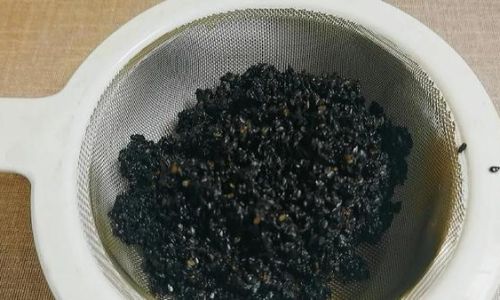
The Importance of Roasting
Roasting black sesame seeds serves several purposes:
- Flavor Enhancement: The heat of roasting caramelizes the natural sugars in the seeds, bringing out their inherent sweetness and nutty flavor.
- Aroma Release: The toasty aroma of roasted seeds is irresistible and can enhance the overall appeal of dishes.
- Improved Digestibility: Roasting makes the nutrients in sesame seeds more bioavailable, making it easier for the body to absorb them.
- Textural Change: Roasted seeds have a crunchier texture, adding a delightful contrast to dishes.
Common Pitfalls: Burning the Seeds
Despite the benefits of roasting, burning the seeds is a common issue. When sesame seeds are overheated, they can quickly turn from golden brown to burnt, resulting in a bitter taste and loss of nutrients. Here are some reasons why seeds might burn:
- High Heat: Using too high a temperature can cause the seeds to burn before they have a chance to roast evenly.
- Uneven Heating: If the heat source is not distributed evenly, some seeds may burn while others remain unroasted.
- Lack of Stirring: Not stirring the seeds frequently enough can lead to burning on one side while the other remains uncooked.
- Overcrowding the Pan: Placing too many seeds in the pan can prevent proper air circulation, leading to uneven heating and burning.
Preparing for the Roasting Process
To ensure successful roasting without burning, follow these preparation steps:
- Choose Quality Seeds: Start with fresh, high-quality black sesame seeds. Old seeds may have a stale flavor and may not roast well.
- Preheat Your Oven or Pan: Preheating ensures that the seeds are exposed to consistent heat from the start.
- Use the Right Equipment: A heavy-bottomed skillet or an oven with a convection setting provides even heat distribution.
- Measure the Seeds: Use an appropriate amount of seeds to avoid overcrowding. Generally, a single layer in a skillet or a shallow baking dish is ideal.
Roasting Techniques
There are several methods for roasting black sesame seeds, each with its own set of pros and cons. Here, we will explore three popular techniques: stovetop roasting, oven roasting, and using a toaster oven.
Stovetop Roasting
Stovetop roasting is a quick and straightforward method that allows for close monitoring of the seeds.
Materials Needed:
- Heavy-bottomed skillet
- Wooden spoon or spatula
- Measuring spoon or scale
- Black sesame seeds
Steps:
- Preheat the Skillet: Place the skillet over medium-low heat. Preheating helps ensure that the seeds start roasting immediately upon contact with the pan.
- Add the Seeds: Pour the seeds into the skillet in a single layer. Avoid overcrowding the pan.
- Stir Constantly: Use the wooden spoon or spatula to stir the seeds continuously. This prevents them from burning and ensures even roasting.
- Watch for Color Change: Keep a close eye on the seeds. They should gradually turn a golden brown. This can take anywhere from 3 to 5 minutes, depending on the heat level.
- Remove from Heat: Once the seeds reach the desired color, immediately remove them from the heat. They will continue to cook slightly from residual heat.
- Cool and Store: Transfer the seeds to a plate to cool. Once cool, store them in an airtight container in a cool, dark place.
Tips for Stovetop Roasting:
- Use medium-low heat to avoid burning.
- Stirring is crucial; never leave the seeds unattended.
- If you notice any smoking, reduce the heat immediately.
Oven Roasting
Oven roasting is a great option for those who prefer a hands-off approach. It also allows for roasting larger batches of seeds.
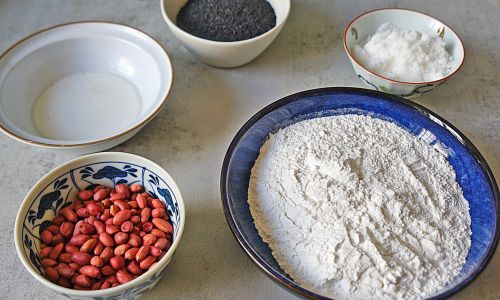
Materials Needed:
- Baking sheet
- Parchment paper or silicone baking mat
- Measuring spoon or scale
- Black sesame seeds
Steps:
- Preheat the Oven: Preheat your oven to 325°F (165°C). This lower temperature helps prevent burning.
- Prepare the Baking Sheet: Line the baking sheet with parchment paper or a silicone baking mat to prevent sticking.
- Spread the Seeds: Spread the seeds in a single layer on the prepared baking sheet.
- Roast: Place the baking sheet in the preheated oven. Roast for about 8-10 minutes, stirring halfway through to ensure even roasting.
- Check for Doneness: Keep an eye on the seeds. They should be a golden brown when done.
- Cool and Store: Remove the seeds from the oven and let them cool on the baking sheet. Once cool, transfer them to an airtight container.
Tips for Oven Roasting:
- Use a lower oven temperature to avoid burning.
- Stirring halfway through ensures even roasting.
- Keep an eye on the seeds to prevent overcooking.
Toaster Oven Roasting
A toaster oven is a convenient option for small batches of seeds. It provides even heat and can be easily monitored.
Materials Needed:
- Toaster oven
- Baking sheet or toaster oven tray
- Parchment paper or silicone baking mat
- Measuring spoon or scale
- Black sesame seeds
Steps:
- Preheat the Toaster Oven: Preheat your toaster oven to 325°F (165°C).
- Prepare the Tray: Line the baking sheet or tray with parchment paper or a silicone baking mat.
- Spread the Seeds: Spread the seeds in a single layer on the prepared tray.
- Roast: Place the tray in the preheated toaster oven. Roast for about 5-7 minutes, stirring occasionally to ensure even roasting.
- Check for Doneness: The seeds should be a golden brown when done.
- Cool and Store: Remove the seeds from the toaster oven and let them cool on the tray. Once cool, transfer them to an airtight container.
Tips for Toaster Oven Roasting:
- Use a lower temperature to prevent burning.
- Stirring occasionally ensures even roasting.
- Keep an eye on the seeds to avoid overcooking.
Post-Roasting Considerations
Once your black sesame seeds are perfectly roasted, there are several ways to enjoy them:
- As a Garnish: Sprinkle them over salads, desserts, or soups for a crunchy, nutty touch.
- In Dishes: Incorporate them into dishes like gomasio, tahini, or baked goods.
- Grinding: Grind roasted seeds into a paste or powder for use in various recipes.
Storage
Properly stored, roasted black sesame seeds can last for several months. Store them in an airtight container in a cool, dark place to maintain freshness and flavor.
Conclusion
Roasting black sesame seeds without burning them is an art that requires attention to detail and patience. By understanding the nuances of the roasting process, using the right equipment, and following best practices, you can achieve perfectly roasted seeds that enhance the flavor and appeal of any dish. Whether you choose stovetop roasting, oven roasting, or toaster oven roasting, the key is to monitor the seeds closely, use moderate heat, and stir frequently. With practice, you’ll soon master the art of roasting black sesame seeds, transforming these tiny seeds into a culinary delight. Enjoy the process and the delicious results!
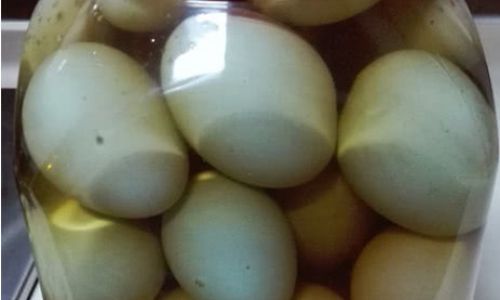
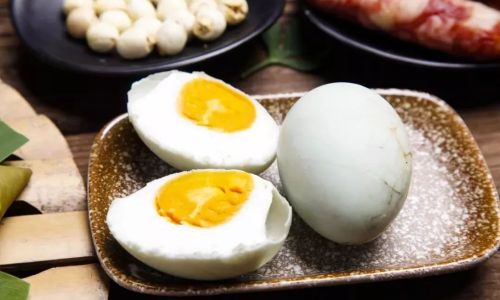


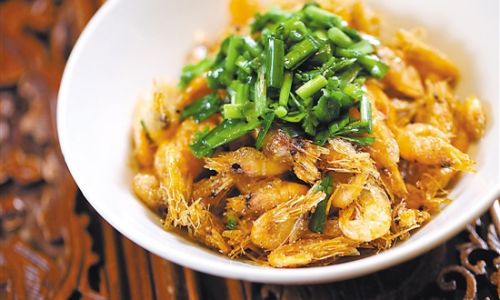
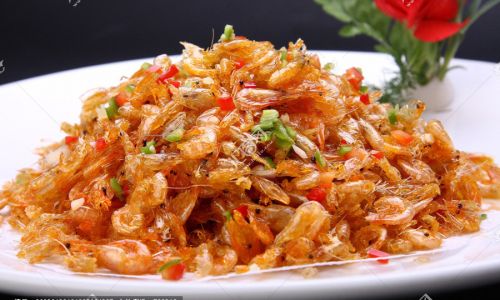
0 comments